Mythology
-
Unraveling the Legacy of Epona: 10 Intriguing Insights About the Celtic Goddess of Equines In a moment of curiosity while indulging in the adventures of Asterix and Obelix, I began to wonder about the Roman enthusiasm for Celtic deities. This inquiry led me to Epona, a name that many recognize from “The Legend of Zelda:…
-
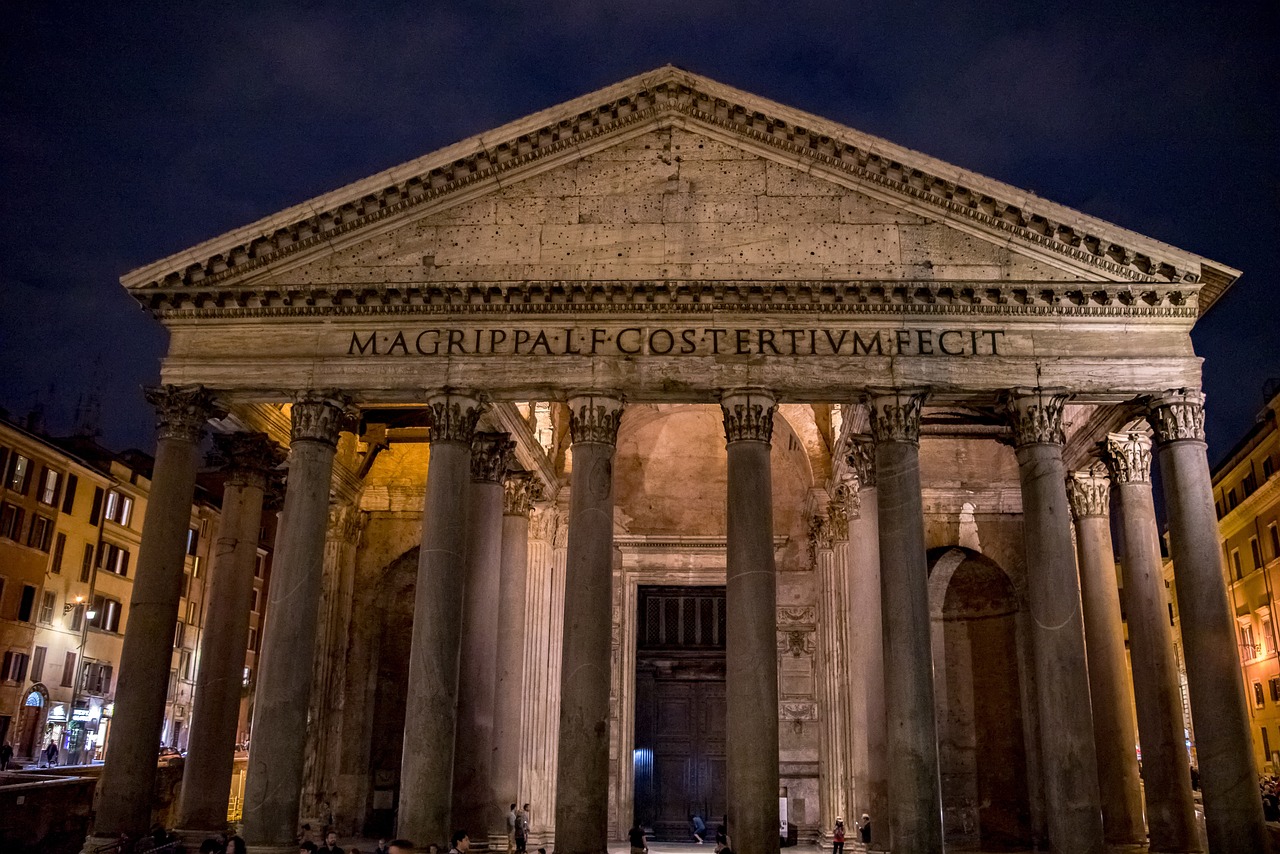
The Pantheon stands as an iconic edifice in Rome, originally initiated in 27 BC by Marcus Vipsanius Agrippa. Initially conceived as a typical Classical temple—a rectangular structure topped with a gabled roof supported by an encircling colonnade—it underwent a complete renovation under Emperor Hadrian between AD 118 and 128. Subsequent modifications were made in the…
-
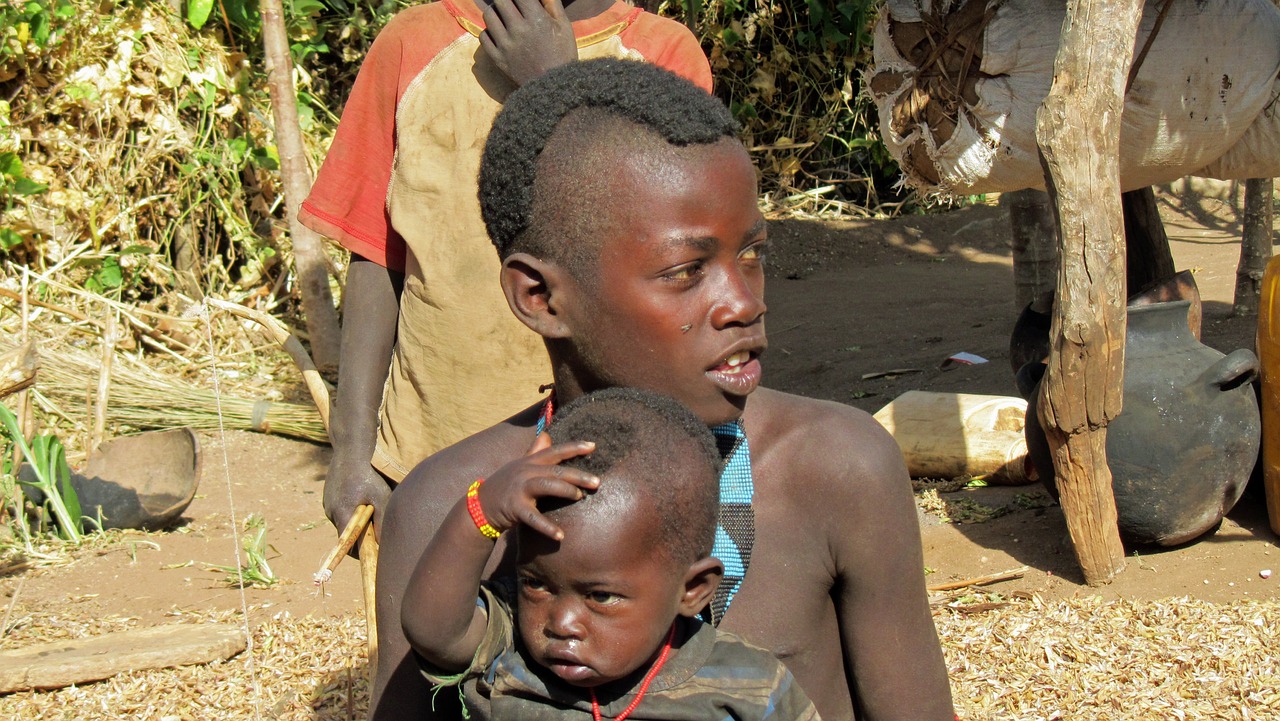
Bennu: The Symbol of Rebirth in Egyptian Mythology Overview The Bennu bird is a significant entity in Egyptian mythology, believed to be a self-created being integral to the universe’s formation. Often identified as the ba of the sun god Ra, the Bennu bird provided essential creative energy to Atum, one of the principal deities. According…
-

The key passage regarding the Celtic deities of Gaul can be found in Julius Caesar’s Commentarii de bello Gallico (52–51 BC), where he mentions five principal gods, detailing their respective roles. Among these, Mercury is depicted as the most revered, honored through various representations. He is acknowledged as the originator of arts, the guardian of…
-
The Morrígan: Ancient Goddess of Battle and Sovereignty The Morrígan, whose name translates to ‘Phantom Queen,’ embodies the dualities of battle, conflict, and fertility. This ancient Irish goddess is presented as both a singular entity and a triad that includes Badb, meaning ‘Vulture,’ and Nemain, or ‘Frenzy.’ The Morrígan often takes on the form of…
-

As a tutor, I encountered challenges while teaching the Roman law of slavery, as resistance to the subject from students became increasingly evident. Many perceived it as an irrelevant discipline, likening it to minor courtly details. Why should anyone care about the jurists’ discussions on debt recovery linked to a master’s slave when slavery itself…
-
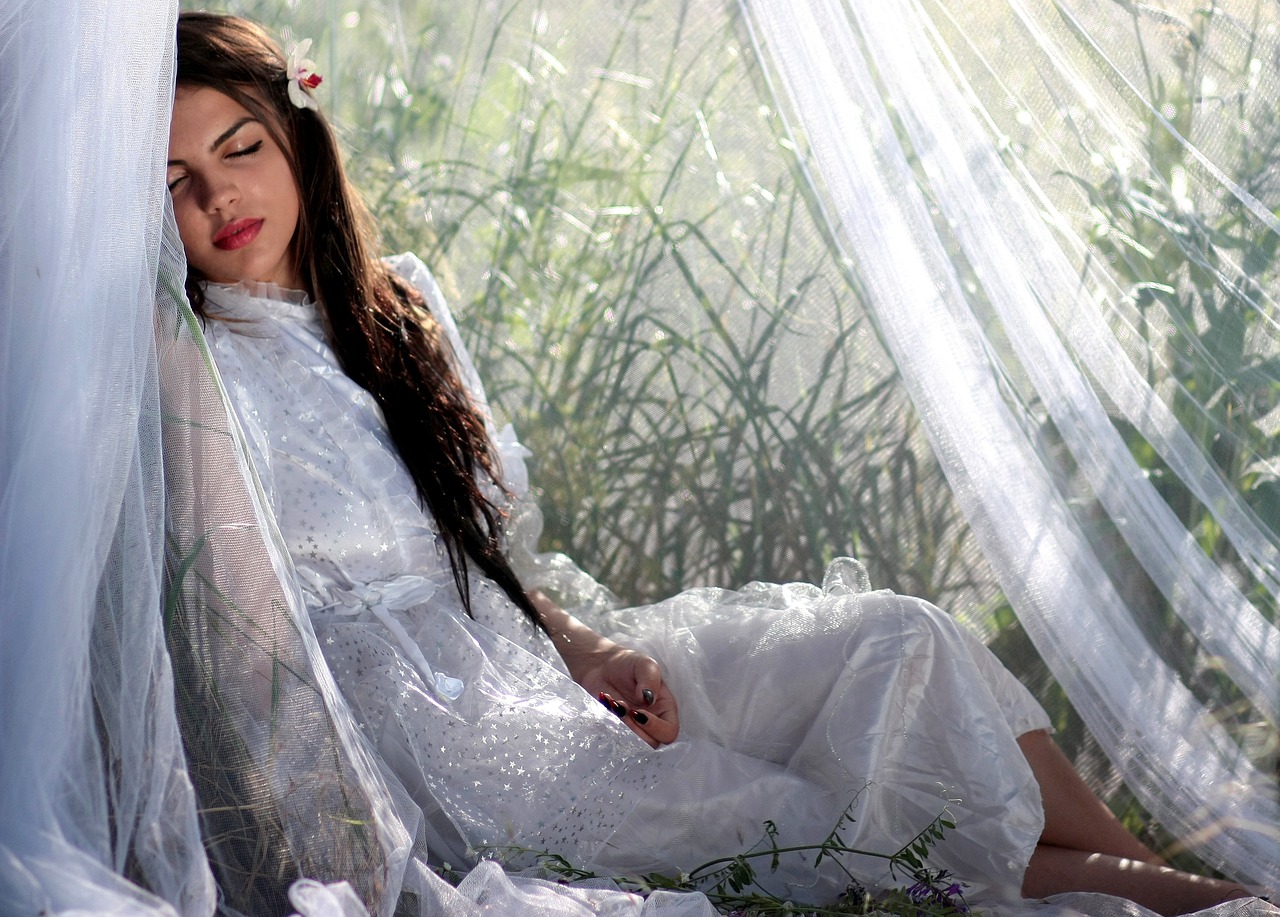
Dreams, often described as hallucinatory experiences that transpire during sleep, have captivated human curiosity throughout history. This intriguing phenomenon has sparked a plethora of beliefs, fears, and theories about its uncanny nature. Classification systems may fall short, but prevailing notions about dreams typically categorize them based on various interpretations—whether as reflections of reality, tools for…
-
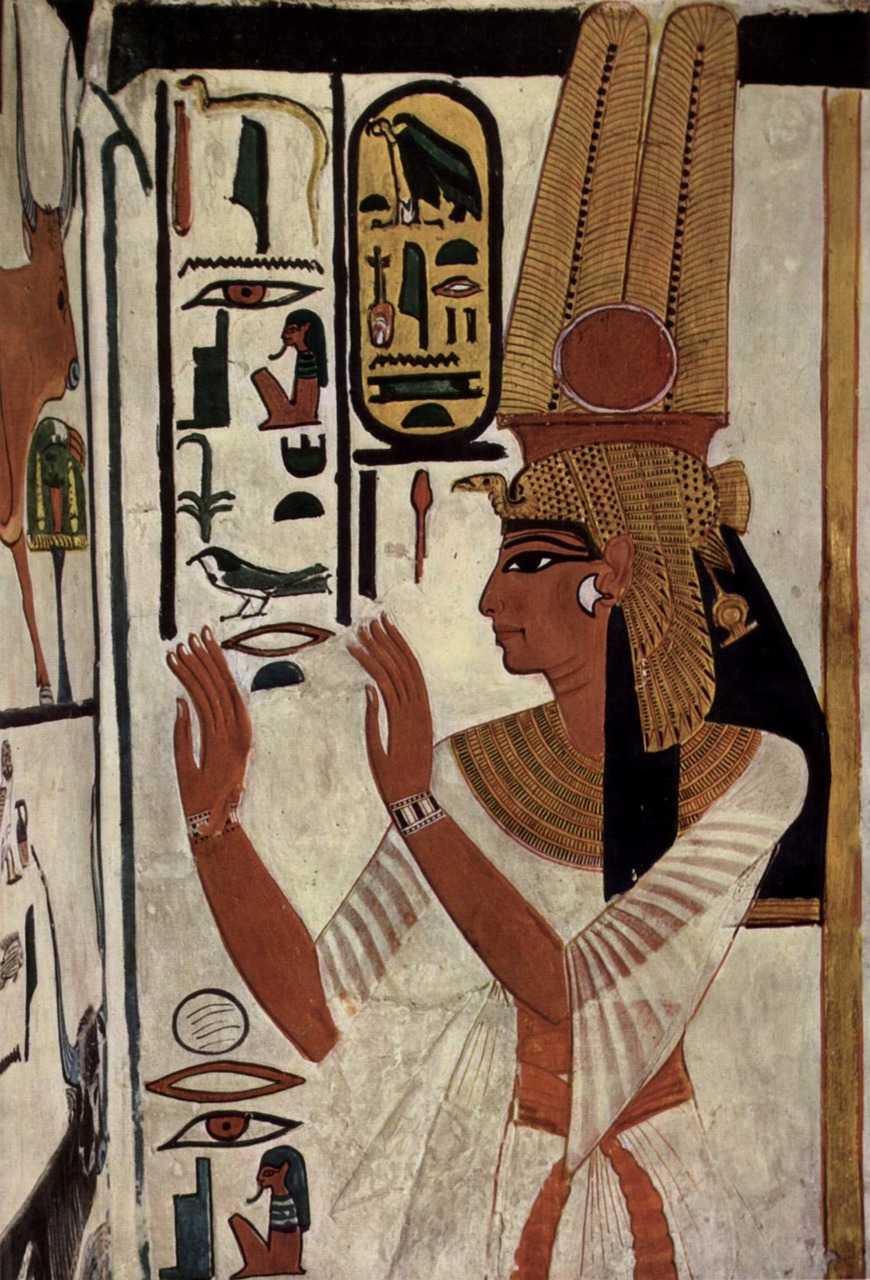
Ancient Egyptian religion encompasses the indigenous beliefs and practices of ancient Egypt, spanning from predynastic times in the 4th millennium BCE until the gradual decline of traditional culture in the early centuries CE. Understanding the historical context and timeline is essential when discussing these religious practices. Nature and Significance Egyptian religious beliefs were deeply embedded…
-
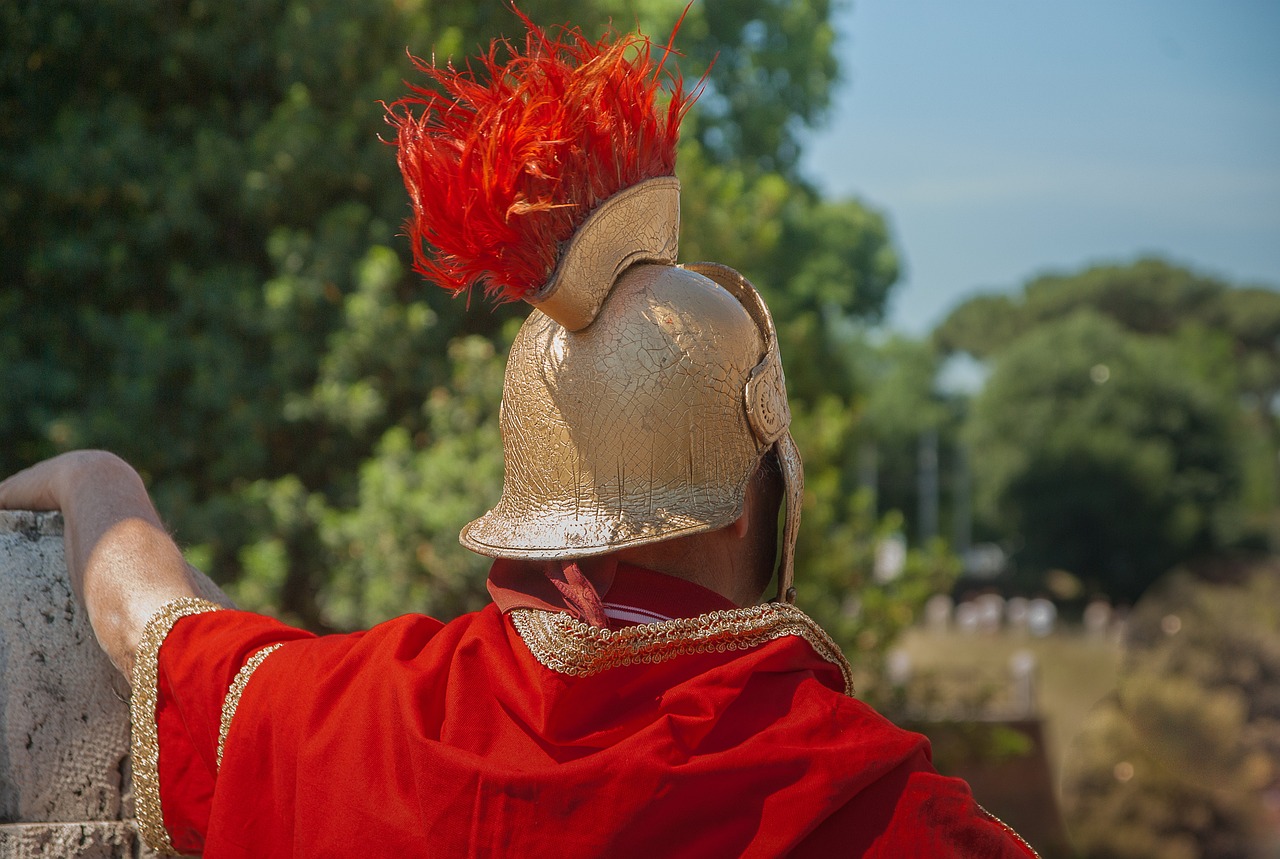
Roman Religion: An Overview of Beliefs and Practices Roman religion encompasses the beliefs and rituals practiced by the inhabitants of the Italian peninsula from antiquity until Christianity’s rise in the 4th century CE, a period often referred to as Classical antiquity. The Roman orator Cicero noted that Romans held a unique understanding of their world,…
-

Irish culture has long maintained a distinctive and nuanced view of death, intertwined with the very fabric of life. As Scottish journalist Kevin Toolis aptly expressed, few other nations share such a profound connection where the living, dying, bereaved, and deceased coexist so openly in societal practices, as seen prominently in the tradition of the…


